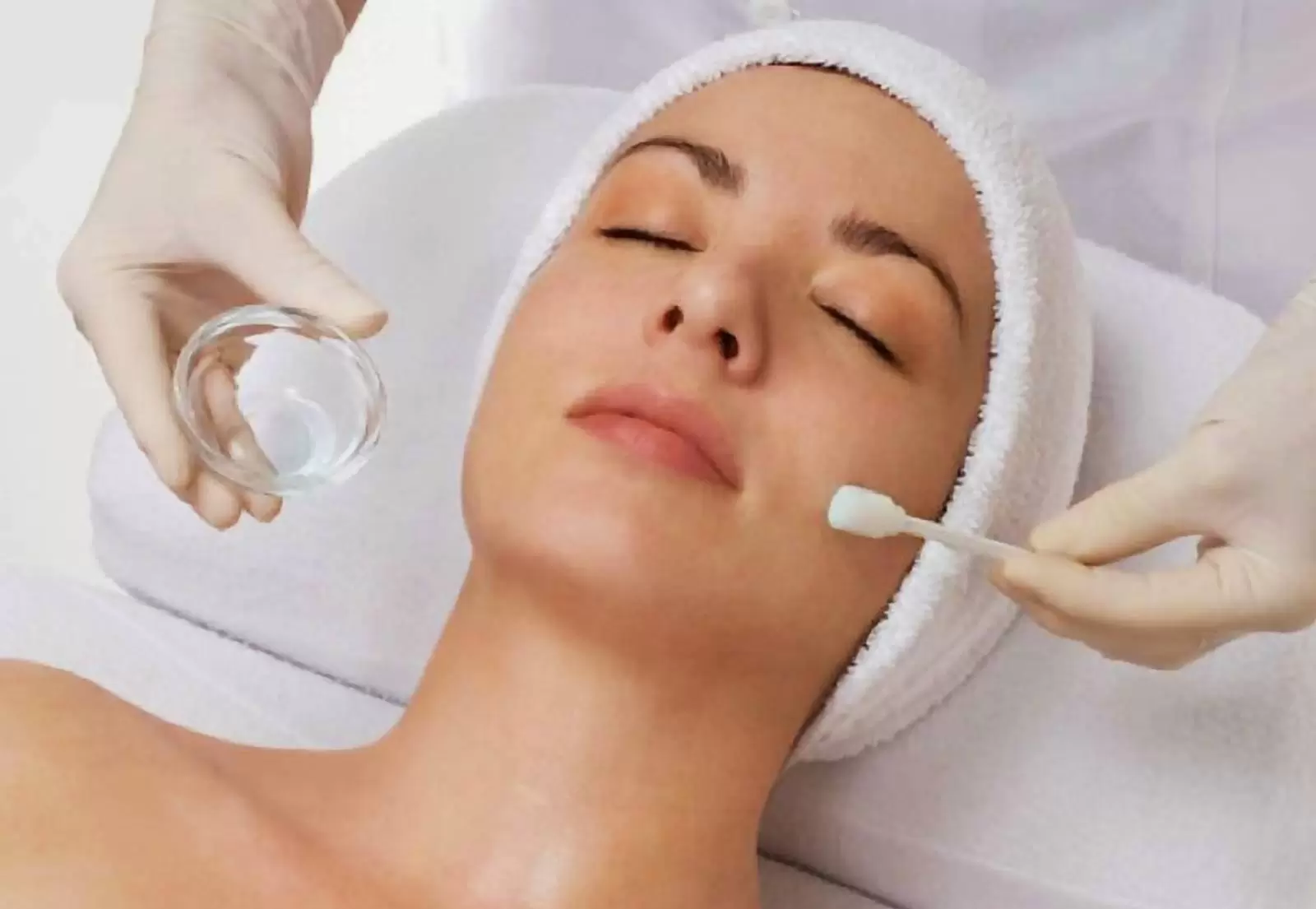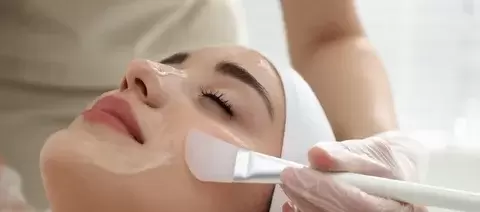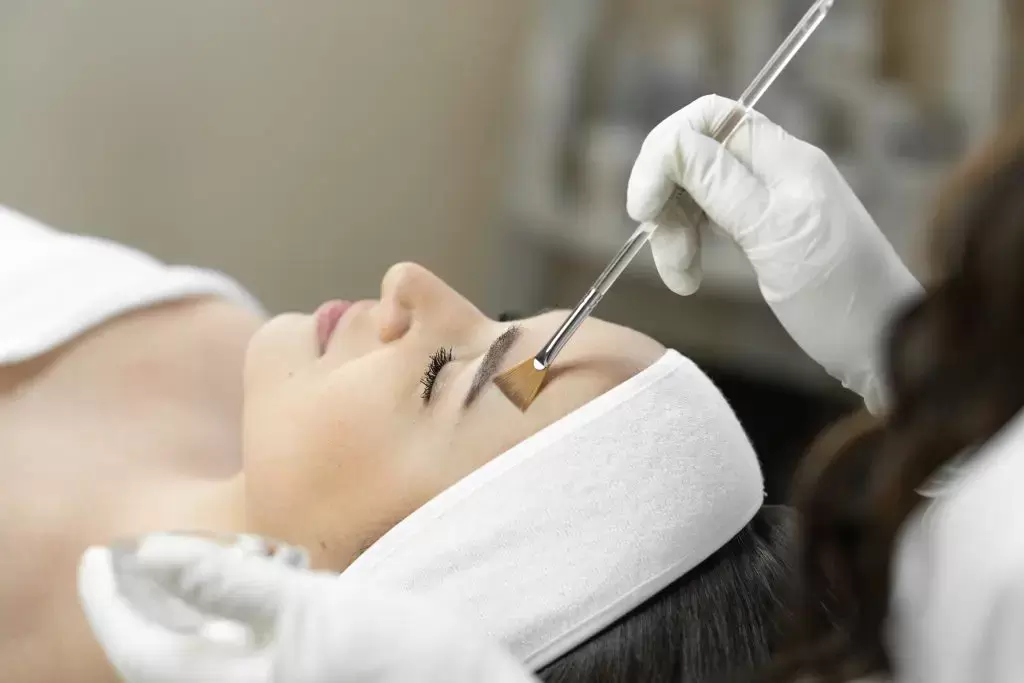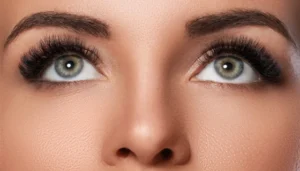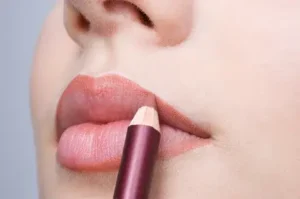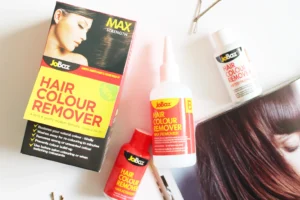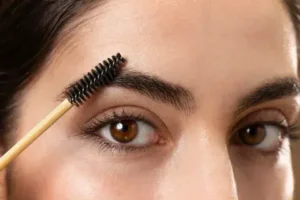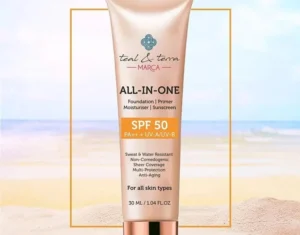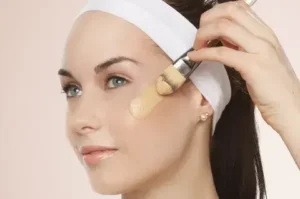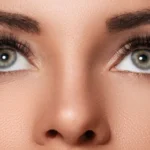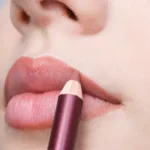Many human beings turn to chemical peel processes to achieve softer, smoother and greater youthful searching skin.
But, undergoing a peel method your complexion will undergo an exfoliation method inside the following days or perhaps weeks.
This raises questions about when it’s safe to apply makeup during the healing time frame.
Let’s delve deeper into understanding the different types of chemical peels, their usual recovery periods, and evidence based guidance on makeup use as skin regenerates.
The goal is equipping you with knowledge to proper care for your complexion as it adjusts post treatment.
An Overview of Chemical Peel Classifications
To determine appropriate post peel makeup guidelines, it’s essential to comprehend how peels are categorized dependent on penetration depth:
Superficial Peels
- Glycolic acid is a commonly used mild acid at low concentrations, around 30 50%
- Only removes the very uppermost layer of skin, the epidermis
- Results are subtle with light exfoliation and slight improvement of skin texture
- Recovery period is brief, usually a few hours with little to no visible signs of peeling
Medium Depth Peels
- Acids penetrate deeper into the epidermis and uppermost dermis
- Trichloroacetic acid (TCA) ranging 15 30% and salicylic acid are typical choices
- Exfoliation and regeneration of skin cells occurs over 3 7 days
- Temporary effects include redness, swelling and peel layer shedding
Deep Peels
- Phenol is a frequently selected strong acid for deep peels
- At concentrations around 88%, it penetrates into the papillary dermis layers
- Induces significant exfoliation and new collagen regeneration
- Recovery can extend 2 4 weeks with extensive flaking and raw appearance
Understanding these differences is pivotal for selecting safe makeup protocols during each stage of skin’s renewal. Deeper peels require more adjustment to our customary beauty routines.
General Post chemical Peel Makeup Guidelines
Let’s review standard advice on when it’s suitable to reapply cosmetics:
Superficial Peels
- Makeup is usually fine once skin no longer feels abnormally tight, a few hours post treatment
Medium Depth Peels
- Allow 3 5 days for complete desquamation of peel layer before resuming makeup
- Skin may still be slightly flaky and reactive at this stage
- Go light on coverage and steer clear of irritants
Deep Peels
- Avoid all makeup for minimum 5 7 days while new tissue forms
- Wait until peeling fully resolves, usually 10 14 days, before reintroducing makeup
Always follow specific dermatologist or aesthetician counsel based on individual factors like peel type. The priority is not disrupting the healing of renovated skin beneath.
Tips for Wearing Makeup During chemical Peel Recovery
If makeup wear can’t be totally avoided, consider these strategies:
- Prep with hydrating serums moisturizers instead of ordinary toners or astringents
- Opt for mineral makeup with fewer comedogenic ingredients prone to clogging pores
- Start with sheer coverage and build up gradually to avoid excessive rubbing
- Stay off peeled eyelid skin until fully resurfaced by applying just mascara to tops of lashes
- Top peeling regions lightly with translucent powder rather than powder containing pigments
- Switch heaviest coverage foundations for lightweight BB or CC creams
- Exfoliate flakes away 48 hours before makeup so it sits smoothly without clinging
Freshly exposed skin revives itself gradually. Makeup should complement, not hinder that process. Adjusting techniques properly honors your skin’s needs.
Expanded Responses to Common Queries
Let’s explore additional questions in more depth:
Can I Use Self Tanner?
Most specialists concur that self tanner should be held off until 5-7 days post peel to avoid interfering with collagen production or darkening areas still regenerating.
Its active ingredients could potentially irritate sensitive skin presently adapting.
What If Makeup Irritates My Skin?
If cosmetics cause stinging, flaking or tightness, discontinue use for several extra days of moisturizer only treatment.
Gently exfoliate dead skin cells away before re trying makeup to reduce friction. Switch to fragrance free formulations.
When Can I Return to Full Coverage?
Deeply peeled skin takes time to recover. Wait for all visible signs of flaking, scaling and redness to subside fully, approximately 10-14 days.
Test wearing makeup sparingly first before going all out with pigmented formulas. Always listen to follow up care instructions from your provider.
With appropriate precautions and minimization strategies, makeup wear poses no barrier to regaining post peel skin health and results.
Patience during regeneration lets your complexion bounce back stronger than ever.
Hopefully this extensive guide has addressed your concerns around when cosmetic applications can safely resume during each peel level recovery stage.
Please reach out with any other questions! Proper peel aftercare ensures you safely enjoy your beautiful renewed skin.
Frequently Asked Question (FAQs)
Q: What happens if I wear makeup after a chemical peel?
A: Can clog your pores.
Q: What are the restrictions after a chemical peel?
A: Do not go swimming for at least 24 hours post-treatment.
Q: Can I put makeup over peeling skin?
A: Doesn’t recommend applying foundation to especially flaky skin.
Q: How to heal peeling skin overnight?
A: A humidifier.
Q: How long after a chemical peel can I wash my face?
A: At least 24 hours.
Conclusion of chemical peel:
In conclusion, carefully following guidelines for wearing makeup after a chemical peel is important to allow your skin to properly heal while still looking your best.
Taking the time to understand your unique peel treatment and recovery process enables safe use of cosmetics that complement resurfacing.
Whether through minimizing coverage, selecting hydrating products, focusing on certain areas or waiting until fully exfoliated, simple adjustments honor your skin’s regeneration needs.
With proper care, makeup wear shouldn’t disrupt results but can boost confidence throughout the transition.
Most of all, be patient and listen to your dermatologist’s guidance to maximize gains from your peel investment.
